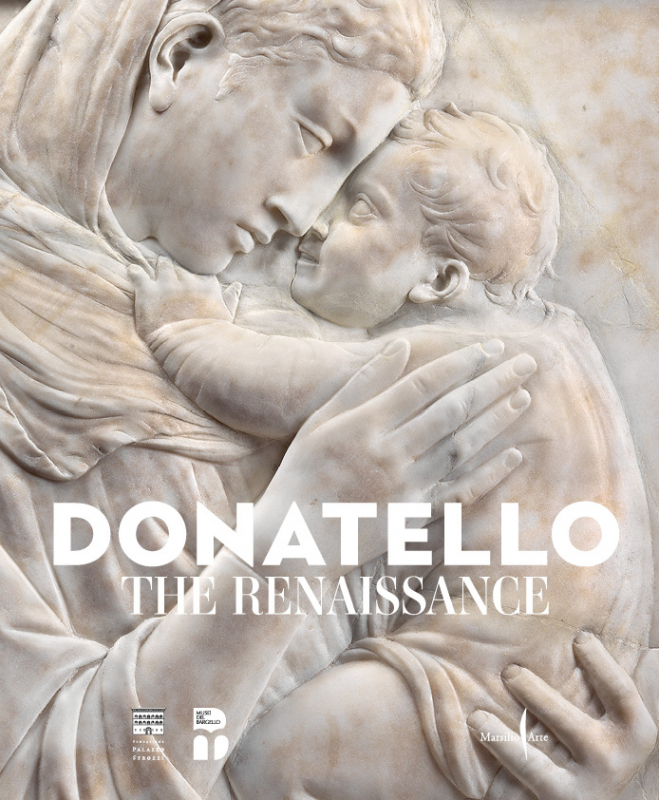The book and the exhibition of the same name (Florence, Palazzo Strozzi and Museo Nazionale del Bargello, 19 March 2022 – 31 July 2022) reconstruct Donatello’s career, aiming to broaden the reflection in time and space, in materials, techniques and genres, and to clarify the extraordinary development of one of the most important and influential masters of Italian art of all time, comparing his oeuvre with masterpieces by artists such as Brunelleschi, Masaccio, Andrea Mantegna, Giovanni Bellini, Raphael and Michelangelo.
Wherefore craftsmen should trace the greatness of art rather to him than to any man born in modern times, wrote Giorgio Vasari. With this precise quote Francesco Caglioti, editor of the book and curator the exhibition, opens what may without a shadow of a doubt be defined as an unprecedented publishing operation and a rare undertaking in our day.
In his introduction to the catalogue, Caglioti declares of Donatello that “he was not merely the shaper of an age on the level of Giotto, Raphael and Caravaggio, but much more, that is to say a phenomenon of rupture that introduced new ways of thinking, producing and experiencing art. And since the future can only be built upon the past, this revolution originated in Donatello from a direct memory of the art that came before him, which, it seems, far from being limited to classical Rome, commonly – and superficially – claimed as almost the only source for the ‘Renaissance’, in him roused up millennia, that is to say everything that to his eyes looked old, up to the time of Giotto. The ‘Donatello earthquake’ was so violent as to cause numerous aftershocks, starting very soon after his debut as a twenty-year-old (1406) and lasting for generations.” Here is an artist, therefore, who has enabled the curator to go beyond the basic form of a monographic show to attempt a ‘thrust’ that has never been explored in previous publications: “Donatello’s works (in Florence, more than fifty, an unprecedented number) are displayed alongside others not only by sculptors but also painters, spanning, through an array of sculptures, paintings and drawings, a chronology that in Florence unfolds essentially until Vasari’s time, with a coda in the early seventeenth century.”
Through a comprehensive initial essay by the curator and editor, with introductions to the fourteen sections and a list of the more than 130 works on display, filling more than 400 pages and accompanied by an iconographic apparatus of 300 images, the enormous corpus of Donatello’s work is given full demonstration.
72,00 €





